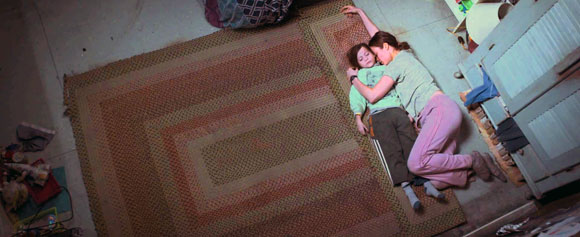ARCHITECTURE AS THE LEAD CHARACTER
Jacob Tremblay and Brie Larson trapped in Room, 2015
In film and literature, architecture is typically the backdrop, the atmosphere, the mood. But for some inventive works, architecture is prominent, and can even be the lead character in the cast. You don’t have to be a design expert to remember powerful uses of architecture, not just as an emotional or psychological setting, but as a protagonist.
Did anyone see the independent drama film Room?

Over 50 critics named Room one of the best pictures of 2015. As impressive the performances of the actors were, the disturbing architecture of their imprisoning tiny shed left an indelible haunting impression. One vividly remembers the dismal skylight, as clearly as the unnerving voice of Old Nick.
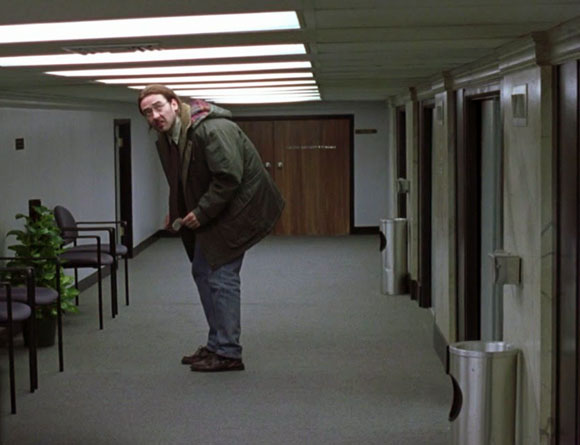
In Being John Malkovich, that enigmatic office floor had only four foot ceilings, and it played a critical role in this surreal film. As stunning as John Cusack played the unemployed puppeteer, the low ceilings crushed his spirit and body. And in an inexplicable design twist, the secret tiny door behind a file cabinet leads into the mind of actor John Malkovich, played by actor John Malkovich.
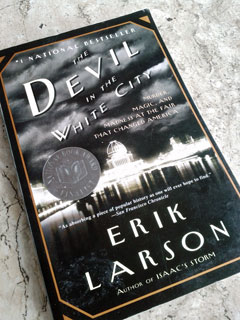
The architecture of urbanity, cities themselves, can also play the feature role. In Erik Larson’s novelistic non-fiction, The Devil in the White City: Murder, Magic, and Madness at the Fair That Changed America, the 1893 Chicago World’s Fair is the story’s major proponent—as a vessel for artistic legacy and murder. The serial killer even constructs a “Murder Castle”—an eerie hotel with a gas chamber, dissection table and crematorium.
In this New York Times bestseller, the ego of the murderer is matched only by the glory of the city, the ambitions of the fair, and the creativity of historically accurate architects: Burnham, Sullivan, McKim, Olmsted, and of course, Ferris (creator of the Ferris wheel).
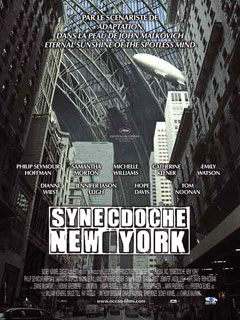
A city itself plays the lead in Synecdoche, New York. Using the word “synecdoche,” director Charlie Kaufman references the real city of Schenectady, and also references the term that signifies how parts of something can represent the whole, and the whole represent the parts.
Within the story, the fictional director envisions a film in which a full scale mockup of the city is constructed inside a warehouse. As the story unfolds over many years, the director builds settings and scenes that are actually occurring in the real city outside the movie warehouse.
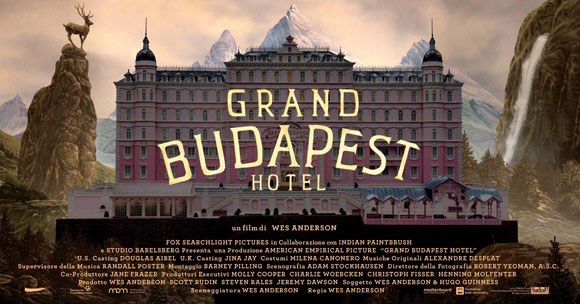
In the Grand Budapest Hotel, the hotel is treated with the same depth, nuance and care as any member from the cast of actors, as if the hotel was indeed the lead character and story.
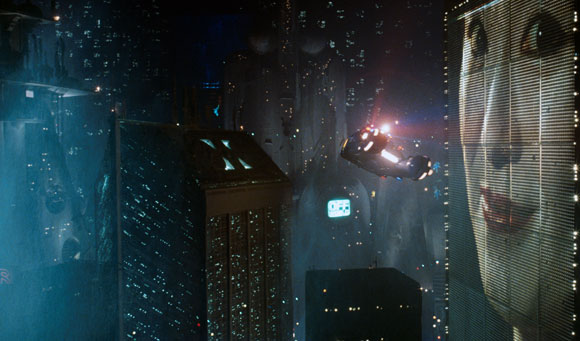
I can’t conclude this essay without mention of Blade Runner, a cult favorite amongst architects. The work of Futurist Italian architect, Antonio Sant-Elia, influenced film director Ridley Scott and the architecture of a dystopic future Los Angeles. But as powerful as the architectural setting is, the film’s atmosphere should also credit the soundtrack and ambient design by Greek composer, Vangelis. In this neo-noir sci-fi flick, the music was as prominent as a ‘lead character’ as the production design and Harrison Ford.
The score received nominations from the Golden Globes and the British Academy. The architecture received nominations from the Golden Globes and the British Academy as well, and also the Academy Awards. Unfortunately, no actors received any accolades—not Harrison Ford, Sean Young, nor Edward James Olmos.

